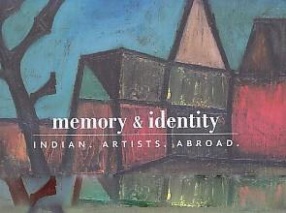
Kishore Singh

Showing all 22 books

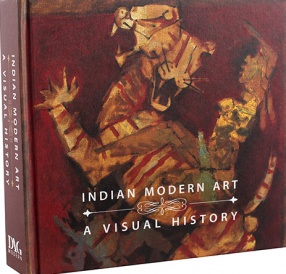
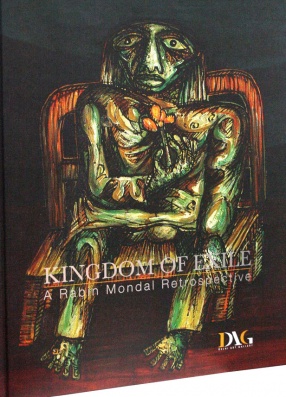


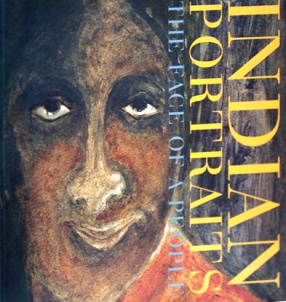
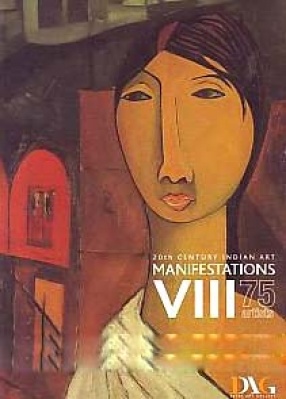
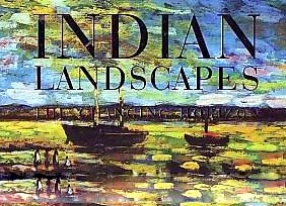



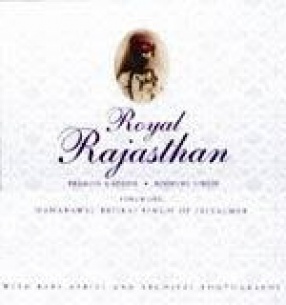
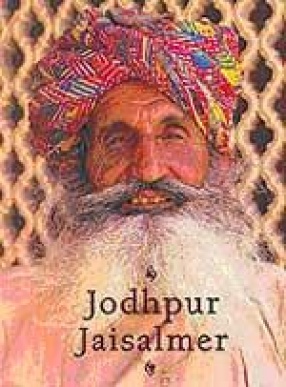


Contents: 1. Portraiture. 2. Landscape. 3. Mythology. 4. Narrative. 5. Body Nude. 6. Still-Life. 7. Abstract. 8. Drawing. 9. Sculpture. 10. Printmaking.


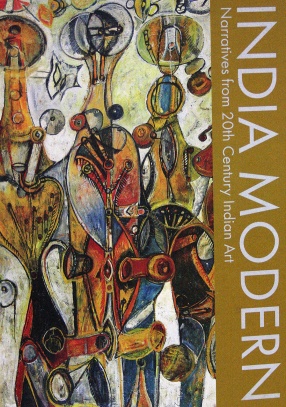
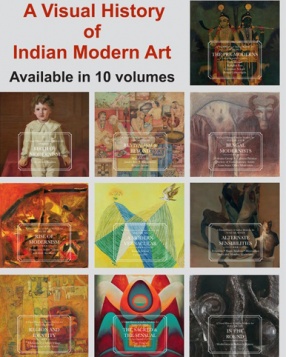
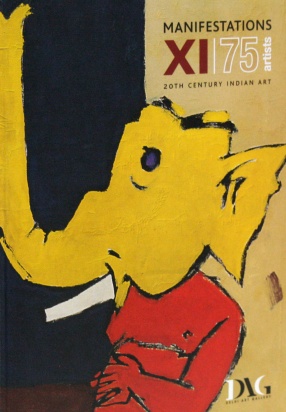

Indian Divine: Gods and Goddesses in 20th Century Modern Art explores the sheer enormity of art a subject which has inspired from the earliest of times. To the present-day, gods have been propitiated, worshipped, cajoled and given a primal place in the lives of Indians. Their prominent place in our public and collective space has ensured their ubiquitous presence in art as well over time.
The featured works range from the lyrical imagery of the Bengal School, as ...


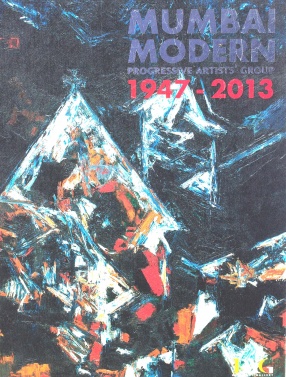
Contents: 1. Looking out of the looking glass/Krishen Khanna. 2. Art, Bombay and its tryst with the progressive painters/Yashodhara Dalmia. 3. Will, wisdom and a new language/Kishore Singh. 4. Benevolent benefactors/Georgina Maddox. 5. A letter our of season/Krishen Khanna. 6. The baton of the progressives/Ranjit Hoskote. 7. Progressive artist's group: M.F. Husain, H.A. Gade, S.H. Raza, K.H. Ara, S.K. Bakre, F.N. Souza, Bal Chhabda, V.S. Gaitonde, Krishen Khanna, ...
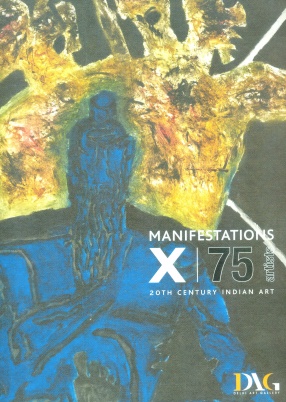
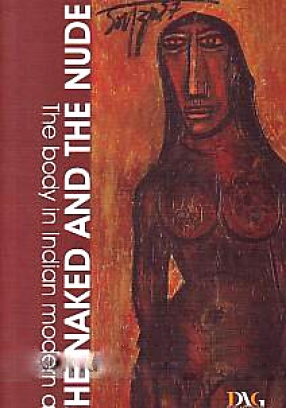
The volume presents the exhibits displayed at an exhibition on nude art in India showcasing around 250 works by celebrated Indian artists known for their exploration and celebration of the body. It explores a popular thematic concept in art, that of the human body, and how artists have looked at it historically as a part of their narrative. It features the paintings of 60 artists including some of India’s leading painters and India’s modernist ...
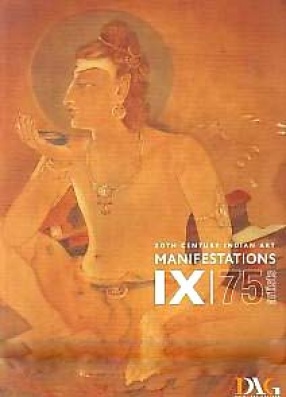

The catalogue documents the best of modern Indian art from the 20th century, featuring seventy-five of the most significant Indian artists.

A multi-artist selection, the catalogue features works on Indian Landscapes in different sub-genres/sections highlighting cityscapes, mountainscapes, waterscapes, foliage and historical sites and monuments. The catalogue also has works by foreign artists in India and by the Indian artists who went abroad.The catalogue features a selection of 105 significant Indian and visiting foreign artists.
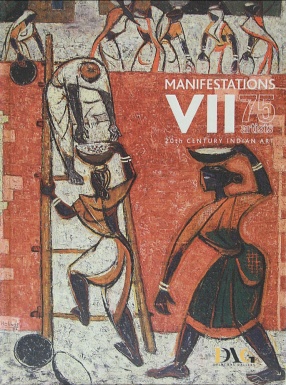
A multi-artist selection, the catalogue features one artwork or series per artist. The art scholarship consists of a one-page write-up on each artwork, and is not in the form of discursive essays. The catalogue features a selection of significant 75 Indian modern and contemporary artists of the 20th century. Twelve authors have contributed to the catalogue.


In a deeply personal memoir, Habib Rehman captures the joy and anguish of loving and saying good-bye to Gori, his canine companion of many years. As a pup smuggled into their home by his wife, Rehman refuses to have anything to do with Gori. Not one to give up, she soon worms her way into his affections. For ten years, they are inseparable, going for walks, embarking upon adventures, sharing a pillow, talking on the phone when he travels out of town...As Gori ...

In just a few years, the region of Shekhawati has moved from relative obscurity to world renown. At the heart of this change is a very large number of town houses that are profusely painted. These frescoed settlements are the result of a new-found prosperity that left its indelible impression on the building and painting of large, impressive mansions, probably the densest the world has seen. While Shekhawati has had a history that dates back centuries, these ...

India has much to offer the observers and visitors - from the fabled Taj Mahal to rivers and mountains and religion - but nothing quite matches up with their experience of Rajasthan. Rajasthan, truly, is a place that could only have existed in someone's imagination - a vast, arid desert across which erupts a spiny ridge of hills - simultaneously remote and desolate. Who then were the people who lavished this wilderness with such forbidding fortresses, built its ...

Far out into the desert were two kingdoms ruled by princes who claimed their descent from the sun and the moon. Slowly they established their might over the desert and extended their sway, often coming into conflict with each other. In the isolation of their capitals, they remained in touch with world affairs, and made their outposts modern cities. When Jodhpur was established over five centuries ago, its princes, not satisfied with what they held set off on ...
